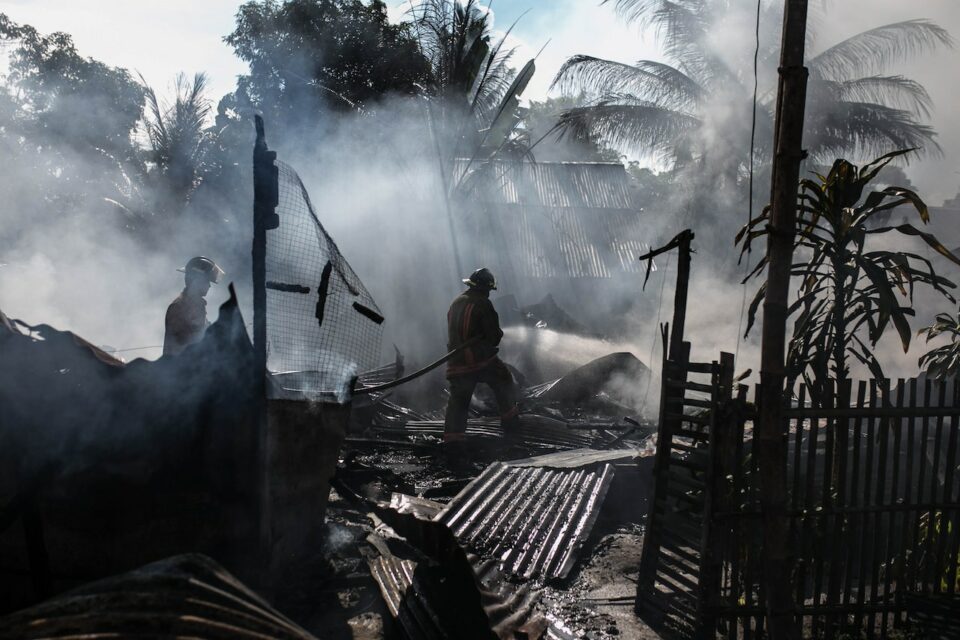Having to prepare for an emergency or natural disaster is far from ideal for anyone, regardless if you run a business or not. When these happen, everyone is at the stake of their livelihood and their life in general. So, what can be done?
Sometimes it’s as simple as moving if you’re in a susceptible area, but sometimes it’s not all that easy or black and white.
Natural disasters are just that; they’re natural and often unexpected. However, when these cause business interruptions, here is what you can do to help yourself and your business.
Insurance coverage for businesses in low-lying areas
Getting your paws in the door of your office of choice in a hurricane or tornado-ravaged locale is no joke. Luckily, the insurance industry is more than willing to help you out. Aside from insurance, you may also qualify for state, region, and city-sponsored relocation assistance. Fortunately, there are many of these programs to choose from.
You will need to make a careful decision about which program is right for you and your family, but also your business (including your employees). Consider your family size and how much you earn. One of the best ways to determine which program best fits your needs is to compare rates with sites specializing in such a service. You can also compare rates on your own.
Create a disaster recovery plan and business continuity plan
Disaster recovery and business continuity plans are essential for a business to remain operational in the event of a natural disaster. This type of plan is a documented, structured approach to recovering a business after an unplanned incident. It specifies incident response and recovery activities and defines team members’ roles. In addition to ensuring that critical business systems remain online, these plans also prevent the spread of a disaster.
It also helps ensure an organization’s quality of service to its customers. It can also help reduce the financial impact of a disaster. Businesses of all sizes are affected by unforeseen events. These include natural disasters, product safety issues, and equipment failures. These events can have a serious impact on operations. The main challenge is identifying and mitigating an unforeseen event’s risks.
Conduct a risk assessment
Whether you’re a new or old business, you’ll need to conduct a risk assessment at some point. It will protect not only your business but also your employees. It will also help you streamline your operations and eliminate manual tasks. There are several steps involved in conducting a risk assessment. You’ll need to identify potential hazards, analyze their risks, and implement precautions. There are many resources available to help you with this process.
The best way to perform a risk assessment is to start by identifying the main hazards around the workplace. Something such as sonar products can help out a lot. There may be a chance that your business (or home if you’re running a home-based business) could be at risk if you’re in an area that is potentially hit by a natural disaster. For instance, if the business is in a lower area or by water, it could floor by a hill and lead to mudslides or tornadoes on flat lands.
